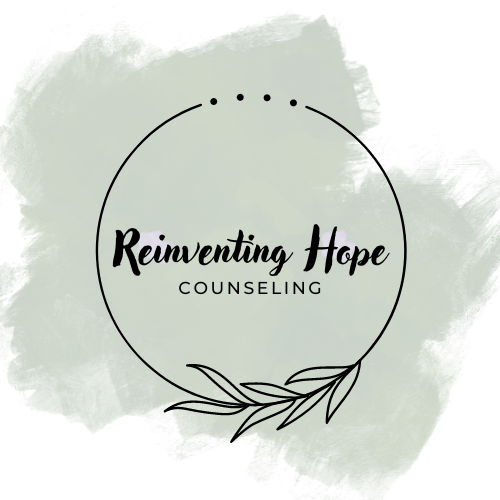Understanding Complex Trauma: The Hidden Wounds That Shape Us
Complex trauma is a form of trauma that runs deeper than a single distressing event. It is the result of prolonged or repeated exposure to harmful experiences, often beginning in childhood, and its effects reach far into every facet of life. Let’s explore what complex trauma is, its impact on the mind and body, the consequences of leaving it untreated, pathways to healing, and the necessity of trauma-informed care in addressing this profound type of trauma.
What is Complex Trauma?
Complex trauma arises from ongoing exposure to adverse experiences, such as abuse, neglect, domestic violence, or chronic instability. Unlike acute trauma, which stems from a single overwhelming event, complex trauma is woven into the fabric of a person’s development. This continuous stress alters the way an individual perceives themselves, their relationships, and the world. It’s not just the events themselves that leave a mark, but the lack of safety, support, and validation during critical moments.
The Profound Impact of Complex Trauma
Complex trauma doesn’t just live in the past—it actively shapes the present. It rewires the brain, affecting key areas like:
The Amygdala: The brain’s alarm system becomes hypervigilant, constantly scanning for threats.
The Hippocampus: Responsible for memory, it struggles to distinguish past dangers from current safety, leading to flashbacks or intrusive memories.
The Prefrontal Cortex: Decision-making and emotional regulation become impaired, leaving individuals feeling reactive or emotionally overwhelmed.
On a physical level, the body holds the imprint of trauma, manifesting in chronic health conditions, somatic symptoms, and heightened stress responses.
The Hidden Consequences of Untreated Complex Trauma
When complex trauma is left unaddressed, its ripple effects can profoundly impact mental health, relationships, and personal identity. It often leads to challenges such as:
Emotional dysregulation: Intense emotions that feel impossible to manage.
Difficulties in relationships: Struggles with trust, attachment, or boundaries.
Mental health disorders: A greater likelihood of depression, anxiety, PTSD, and substance use.
Negative self-perception: A deep sense of shame, unworthiness, or feeling "broken."
Over time, untreated trauma can perpetuate cycles of self-sabotage, disconnection, and suffering, making healing seem out of reach.
The Path to Healing Complex Trauma
Healing from complex trauma is not a linear process, but it is possible. Effective treatments often incorporate a combination of approaches, tailored to the individual’s needs. Key therapeutic strategies include:
Trauma-focused therapies: Eye Movement Desensitization and Reprocessing (EMDR), Cognitive Processing Therapy (CPT), and Internal Family Systems (IFS).
Somatic approaches: Helping the body release trauma through methods like somatic experiencing or yoga.
Attachment-based therapies: Repairing relational wounds and fostering secure connections.
Mindfulness and self-compassion practices: Teaching individuals to approach their inner world with curiosity rather than judgment.
The journey involves not just processing past experiences but also rebuilding a sense of safety, trust, and connection—both within oneself and with others.
The Role of Trauma-Informed Care in Complex Trauma
Addressing complex trauma requires a trauma-informed approach that recognizes the depth and breadth of its effects. Trauma-informed care prioritizes:
Safety: Ensuring physical, emotional, and psychological safety.
Empowerment: Supporting individuals in reclaiming their autonomy and voice.
Collaboration: Working alongside clients as partners in their healing.
Resilience-building: Fostering skills and strengths to help them move forward.
This approach avoids retraumatization and ensures that individuals feel seen, understood, and supported throughout their healing journey.
A Brighter Path Forward
Complex trauma may be deeply ingrained, but it doesn’t have to define one’s future. With the right tools, support, and care, individuals can move beyond survival and into a life of thriving. Healing is about reclaiming the narrative, finding meaning in the struggle, and creating a new story—one where resilience and self-compassion take center stage.
As the saying goes, "Healing doesn’t mean the damage never existed. It means the damage no longer controls our lives." With courage, support, and trauma-informed care, those living with complex trauma can step into a future filled with hope and possibility.
Additional Resources:
“Single incident events usually have a clear beginning and end. Once the event is over, survivors can reach a place of safety and may be able to seek help and recover. However, Complex Trauma is ongoing, or repeated frequently, so there is little time to recover. Complex Trauma often occurs in secrecy, so the person is unable, or afraid to talk about it and get help.
Also, in most cases, Complex Trauma begins in childhood or adolescence. Because the brain is still growing, ongoing trauma can cause changes in brain structure and functioning that can affect future development. Because survivors have had their development affected, they find it more challenging to cope with everyday life and relationships. Problems with healthy development leads to chronic difficulties with emotions, concentration and memory, and challenges in having stable and safe relationships.”

